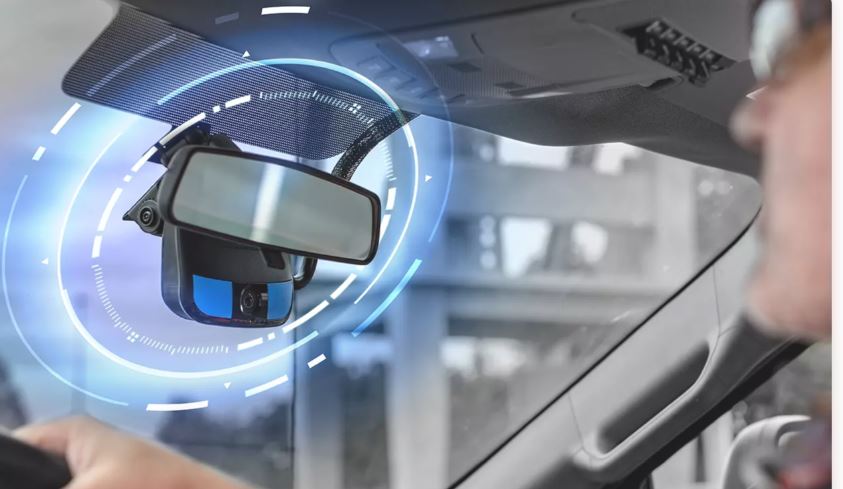According to a new study conducted by the American Transportation Research Institute, drivers have a strong preference for cameras that only face the road, but strongly disapprove of cameras that face them. The study titled “Issues and Opportunities With Driver-Facing Cameras” was released on Wednesday, April 12th, and highlights this as one of its primary findings.
“Driver-facing cameras are an important safety tool for carriers, but they must be managed carefully in order to leverage benefits with drivers, insurers, and attorneys,” said Jerry Sigmon Jr., chief operating officer for Cargo Transporters Inc. “ATRI’s research on in-cab cameras provides an important blueprint for both carriers using these technologies as well as carriers still contemplating the investment.”
The American Transportation Research Institute conducted a survey that asked drivers to rate their approval of in-cab cameras facing them on a scale of 0 to 10. The drivers gave a modest rating of 2.24, indicating their disapproval of such cameras. Interestingly, female drivers rated driver-facing cameras even lower than male drivers, with an average approval rating of just 1.98 compared to males’ rating of 2.27.
The American Transportation Research Institute (ATRI) has stated that the low scores for driver-facing cameras are due to several factors. The drivers’ limited experience with such cameras, confusion over the different camera systems available, unclear policies set by carriers regarding camera usage, and strong concerns about privacy are the major contributing factors to this disapproval.
On the other hand, drivers using road-facing cameras have given them a much higher approval rating. According to the survey, the drivers rated road-facing cameras at 8.19 on the 0-to-10 scale, indicating their strong approval of this type of camera.
The study conducted by the American Transportation Research Institute (ATRI) also asked drivers what measures could be taken to improve their acceptance of driver-facing cameras. Here are the key findings from the survey respondents:
- 18.8% view only after crash
- 16.7% off when not moving
- 13.7% full driver control
- 11.6 less fault finding
- 9.1% less sensitive triggers
- 7.3% commensurate pay increase
- 7% full driver access
- 6.7% end punitive use
- 5.8% probation drivers only
- 3.3% better communication
The study also included some comments by drivers. Among them:
- “With a driver-facing camera, you get the feeling that you are being watched 100 percent of the time. I know that is not the case, but it’s the perception. The company has to find a way to assure the driver that they are not looking to punish the driver for every little thing that they may do wrong.” – LTL Driver
- “[DFCs] actually endanger my safety and those around me, because I feel stressed and nervous about being watched, even though I’m doing nothing wrong.” – LTL Driver
- “When I was a company driver my company installed driver-facing cameras. That put my stress level through the roof and made me the least safe driver I have ever been. It is also what drove me to purchase my own truck.” – Specialized Driver
- “Female drivers were sexually harassed by staff members with access to the driver-facing cameras. For an OTR driver, it’s no different than if your employer had a camera facing you in your personal car, your working space, in your living room, your bedroom, your kitchen, and even your bathroom on occasion.” – Truckload Driver
- “It’s hard to accept a camera pointed at you in your work/living space. This isn’t like an office job where cameras may be all over a building. The truck is our workspace but also our personal space just like a home. A company may own the truck, but it doesn’t give them the right to have a camera looking at me. Landlords can’t install cameras in their homes to make sure tenants are following rules.” – Intermodal Driver
ATRI said about 2,100 drivers responded to the survey.
You can request to download a PDF of the entire report here.





